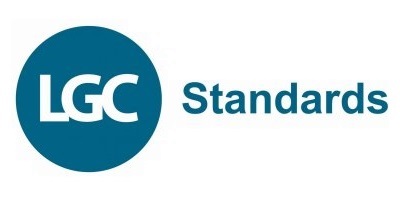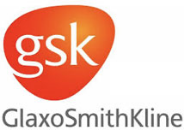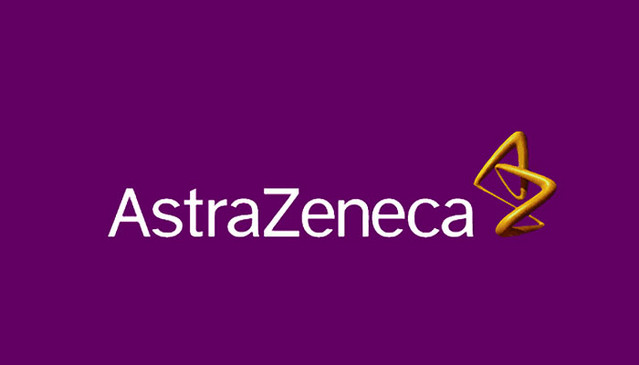US Controlled Substances Act further embraces chemical space based controls
US Controlled Substances Act further embraces chemical space based controls
US Controlled Substances Act further embraces chemical space based controls in addition to named substances
Mirroring the approaches taken in many other countries, the US has enacted a Fentanyl "generic description” to control the entire Fentanyl chemical space area, as opposed to individual substances. The above below gives the full wording, but the relevant section reads
...Substances that are structurally related to fentanyl by one or more of the following modifications:
(A) Replacement of the phenyl portion of the phenethyl group by any monocycle, whether or not further substituted in or on the monocycle;
(B) substitution in or on the phenethyl group with alkyl, alkenyl, alkoxyl, hydroxyl, halo, haloalkyl, amino or nitro groups;
(C) substitution in or on the piperidine ring with alkyl, alkenyl, alkoxyl, ester, ether, hydroxyl, halo, haloalkyl, amino or nitro groups;
(D) replacement of the aniline ring with any aromatic monocycle whether or not further substituted in or on the aromatic monocycle; and/or
(E) replacement of the N-propionyl group by another acyl group.
How DEA Will Identify Individual Fentanyl-Related Substances That Fall Within This Temporary Scheduling Order?
"As indicated, the temporary scheduling order that is the subject of this Notice of Intent will include all substances that fall within the above definition--even if such substances have not yet emerged on the illicit market in the United States….and even in the absence of a future publication by DEA specifically identifying such a substance, the substance is controlled by virtue of this temporary scheduling order if it falls within the definition of fentanyl-related substance."
This chemical space generic description type of approach is common in many countries, especially in Europe, with the UK, Belgium, French and Swiss regulations heavily using the approach. These countries use it across a wide spectrum of drugs and structures, including amphetamines, cathinones, fentanyls, synthetic cannabinoids, tryptamines and piperazines.
Scitegrity's Ian Johns said "This is now the second piece of Controlled Substance Act (CSA) legislation that controls via chemical space generic descriptions, after the 'FDA 2012 Synthetic Drug Abuse prevention Act' which added several cannabinoid-like areas of chemical space to the CSA. Interestingly this legislation comes directly from the DEA and may signal a change in approach in preventing so called 'legal highs' even before they are made.
Typically mid to large pharma companies and their suppliers will find they have 1,000s to 10,000s of chemicals in their screening collections that fall within the scope of these generic descriptions, even if that company is not actively working on these drug classes therapeutically ".
Deciding which structures are controlled in a collection running into millions of compounds can only be done computationally and encoding this can be time consuming and difficult for companies without access to the correct tools, test sets and knowledge of controlled drug laws. Scitegrity have for years been providing compliance against these types of generic descriptions for European based companies and this wealth of experience has enabled Scitegrity to already add the US Fentanyl generic description to its Controlled Substances Squared system in preparation for the law’s go live date in February.
Trusted by our Clients












